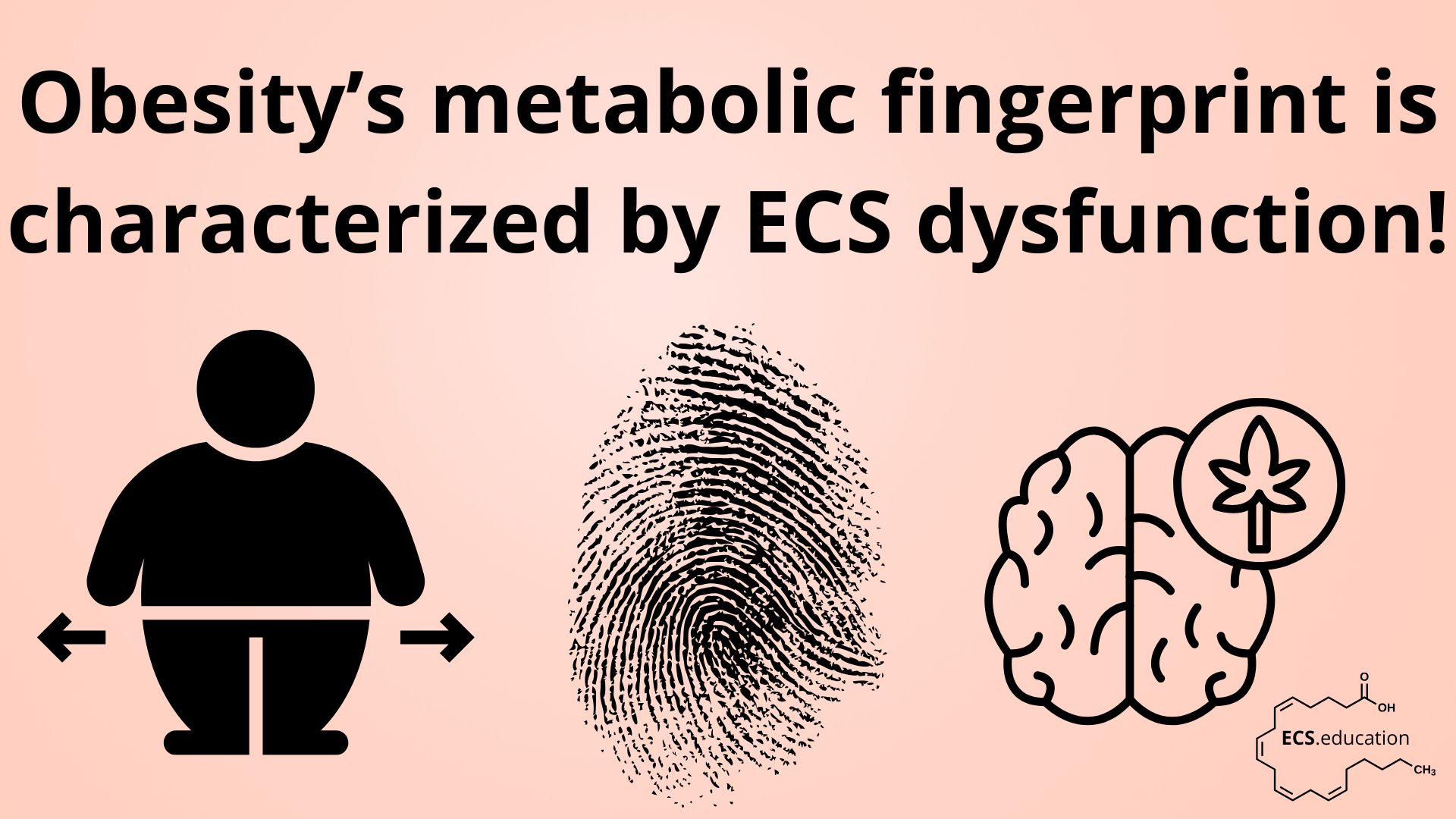Think of your body as a living journal, where each entry is made up of the molecules you absorb and the energy you store. Although obesity is often discussed in terms of weight or BMI, its real impact lies beneath the surface. Excess fat leaves a persistent molecular signature that lingers in your blood, tissues, and the signaling between your brain and metabolic machinery.
That story just got even clearer with the latest research published by Han et al. in 2025. This new metabolomics study on obstructive sleep apnea (OSA) patients revealed that people with more severe OSA had much higher BMI, and, crucially, showed a dramatic shift in their body chemistry. The researchers found that the most distinctive metabolic changes weren’t just about sleep or breathing patterns. Instead, the biggest disruptions mapped onto obesity itself, especially amplified signaling through the endocannabinoid system (ECS). The ECS acts as a central interpreter, continually monitoring your nutritional environment and translating it into physiological signals. Its main ingredients are the dietary fats you consume, especially omega-6 and omega-3 polyunsaturated fatty acids, crafting its key chemical messengers directly from these dietary lipids.
If your diet is high in energy and rich in certain fats, particularly with the typical ultra-processed foods common today, you don’t just accumulate body mass. You also send a flood of ECS precursors into your system. As fat stores increase, the ECS shifts into high gear. This heightened state raises appetite, tweaks emotion, accelerates fat storage, and primes the body for inflammation. In essence, what you eat and what you store influence how reactive your body becomes to its environment.
Han et al.’s findings underscore that this metabolic fingerprint is everywhere: in sleep apnea, in fatty liver, in diabetes, and even in the composition of breast milk in mothers with higher BMI (see how maternal breast milk PUFA changes). The ECS shows up across the board, linking diet, storage, and health outcomes. Your cell membranes keep the long-term record of how your ECS has responded to shifts in dietary fat intake, stress, and metabolic status.
The good news? This system is not fixed. Being a homeostatic system, the ECS responds rapidly, always seeking balance. When the diet improves, with fewer processed fats, more omega-3s, and less surplus energy, the ECS chemical pool can change. Inflammation cools down, and metabolic risk declines. Losing weight and eating better prompts the ECS to adjust, and over time, the negative fingerprint begins to fade.
“You are what you eat” is not just a cliché but also a scientific reality: your endocannabinoids, cell membranes, and overall metabolic state reflect your diet. Obesity tunes the ECS to a world of plenty. By restoring nutritional balance, you hand your body new instructions and help it move toward health.
Addressing obesity and metabolic disease isn’t about chasing symptoms to treat. It’s about recognizing how our environment shapes our biology every day. Every choice we make, the food we put on our plates, rewrites a piece of our molecular story. The ECS listens and, moment by moment, helps define the next chapter.
The Takeaway
So what’s the big takeaway from all of this? If obesity leaves behind a metabolic fingerprint, and if ECS dysfunction is one of its most reliable marks, then understanding the ECS as a dietary-precursor-based homeostatic system points us straight to the root. The message here isn’t just about tracking symptoms or chasing after new biomarkers. It’s about recognizing that the ECS is built to reflect what we eat, how much energy we store, and how balanced our internal environment really is.
That means the “input side” is where real change starts. Shift the quality of your fats, reduce the surplus, and bring the omega-3 and omega-6 ratio into better alignment. You give the ECS what it needs to calm down and reset. As the diet improves, the signals change, ECS function steadies, and little by little, the molecular fingerprint of risk begins to fade.
Our bodies are incredibly adaptive when we give them the right raw materials. Addressing chronic disease isn’t about treating isolated symptoms or “fighting” each new problem. It’s about providing the dietary precursor-based homeostatic system we know as the ECS with the inputs that support stability, resilience, and long-term health. When we do that, the rest often follows naturally.
The answer really can be that simple: change the inputs, and much of the downstream trouble will wane.
For more on these concepts, explore how obesity ripples through breast milk composition or how ECS rewiring impacts the liver, heart, and brain. Each piece dives deeper into the connections between diet, fat stores, and ECS biology—shaping health in ways we’re only beginning to fully understand.
Reference:
Han, L., Liu, J., Xu, J. et al. A Preliminary Integrated Metabolomics Analysis Identifies Retrograde Endocannabinoid Signaling Shift in Severe OSA Patients. Sleep Breath 29, 259 (2025). https://doi.org/10.1007/s11325-025-03425-w

